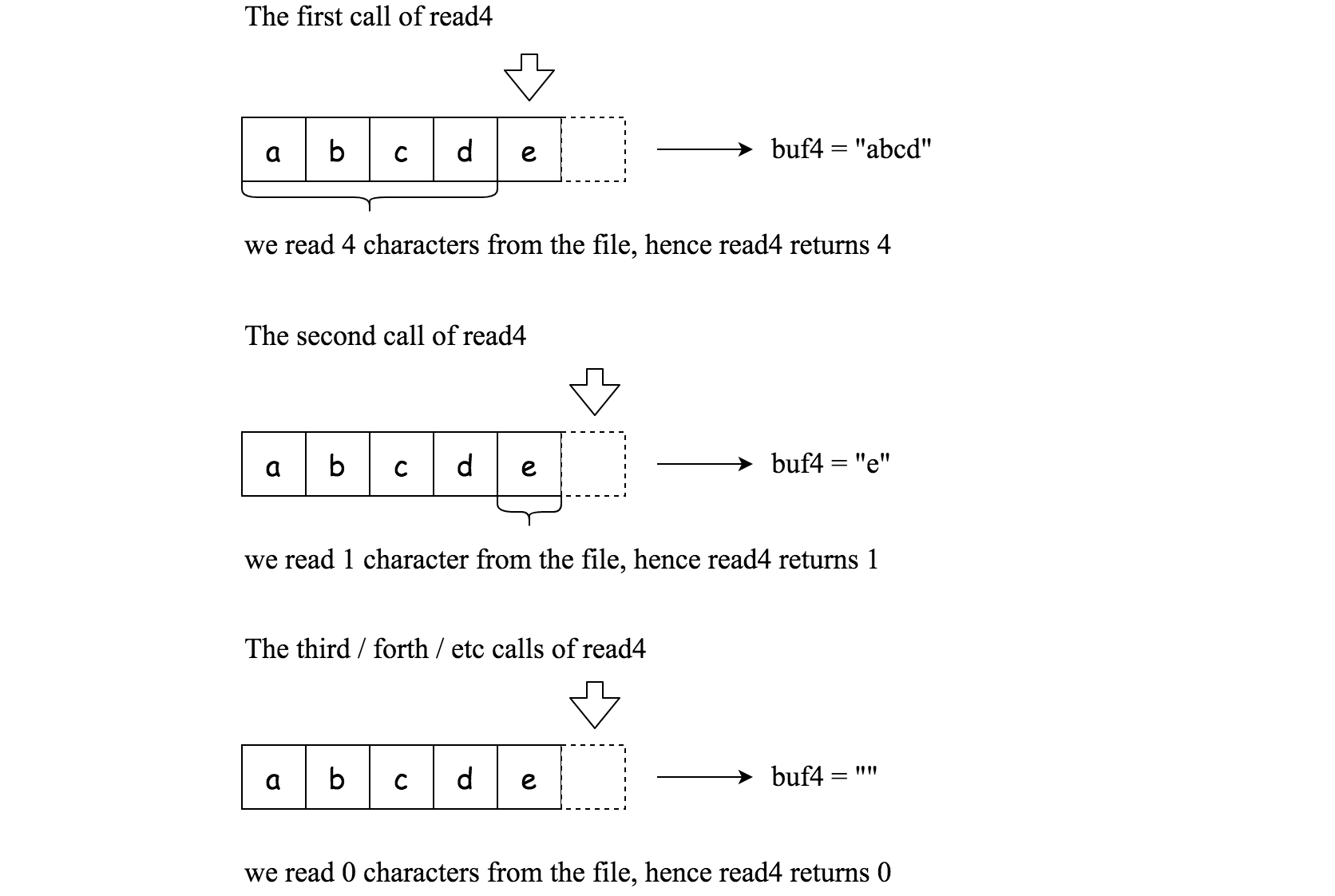Implement a SnapshotArray that supports the following interface:
SnapshotArray(int length)initializes an array-like data structure with the given length. Initially, each element equals 0.void set(index, val)sets the element at the givenindexto be equal toval.int snap()takes a snapshot of the array and returns thesnap_id: the total number of times we calledsnap()minus1.int get(index, snap_id)returns the value at the givenindex, at the time we took the snapshot with the givensnap_id
Example 1:
Input: ["SnapshotArray","set","snap","set","get"] [[3],[0,5],[],[0,6],[0,0]] Output: [null,null,0,null,5] Explanation: SnapshotArray snapshotArr = new SnapshotArray(3); // set the length to be 3 snapshotArr.set(0,5); // Set array[0] = 5 snapshotArr.snap(); // Take a snapshot, return snap_id = 0 snapshotArr.set(0,6); snapshotArr.get(0,0); // Get the value of array[0] with snap_id = 0, return 5
class SnapshotArray:
def __init__(self, length: int):
self.A = [{} for _ in range(length)]
self.snap_id = 0
def set(self, index: int, val: int) -> None:
self.A[index][self.snap_id] = val
def snap(self) -> int:
self.snap_id +=1
return self.snap_id-1
def get(self, index: int, snap_id: int) -> int:
snaps = self.A[index]
if snap_id in snaps:
return snaps[snap_id]
else:
last_val = 0
for i in range(0,self.snap_id+1):
if i in snaps:
last_val = snaps[i]
if i >= snap_id:
return last_val
return last_val
# Your SnapshotArray object will be instantiated and called as such:
# obj = SnapshotArray(length)
# obj.set(index,val)
# param_2 = obj.snap()
# param_3 = obj.get(index,snap_id)

